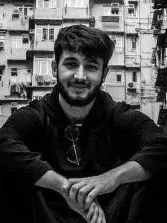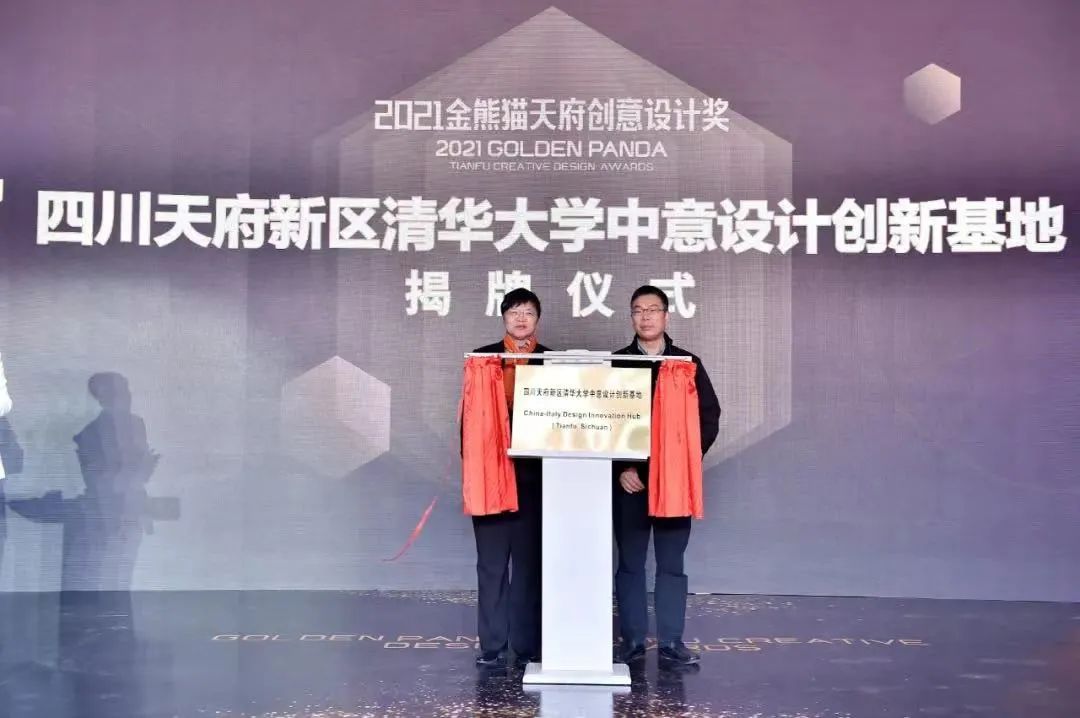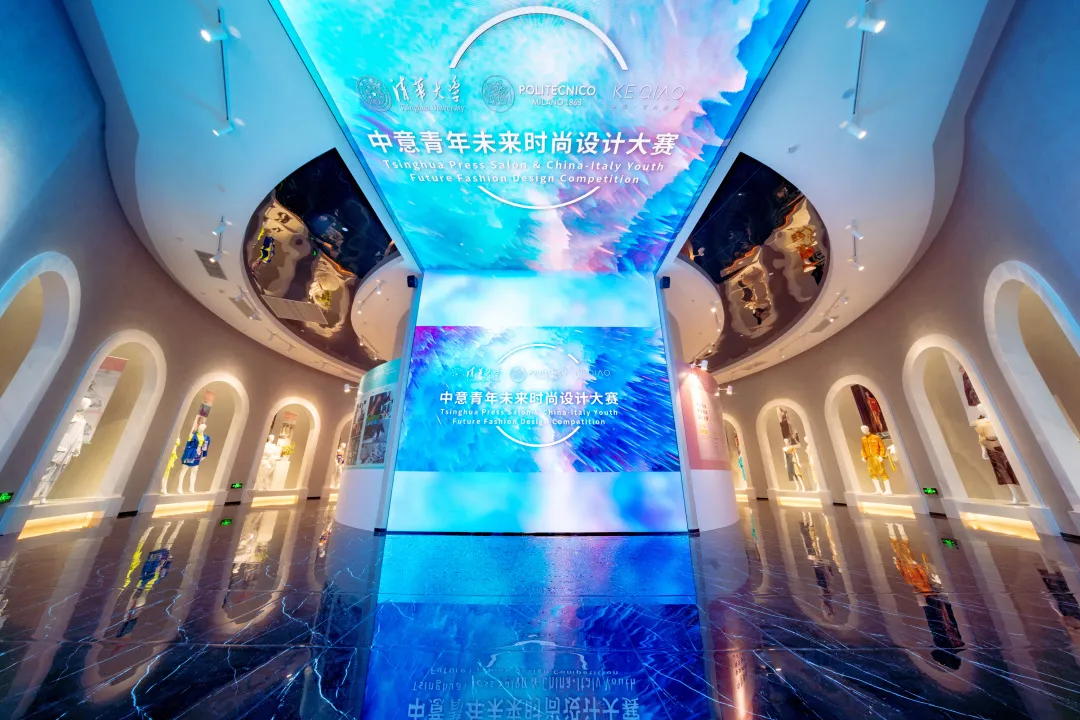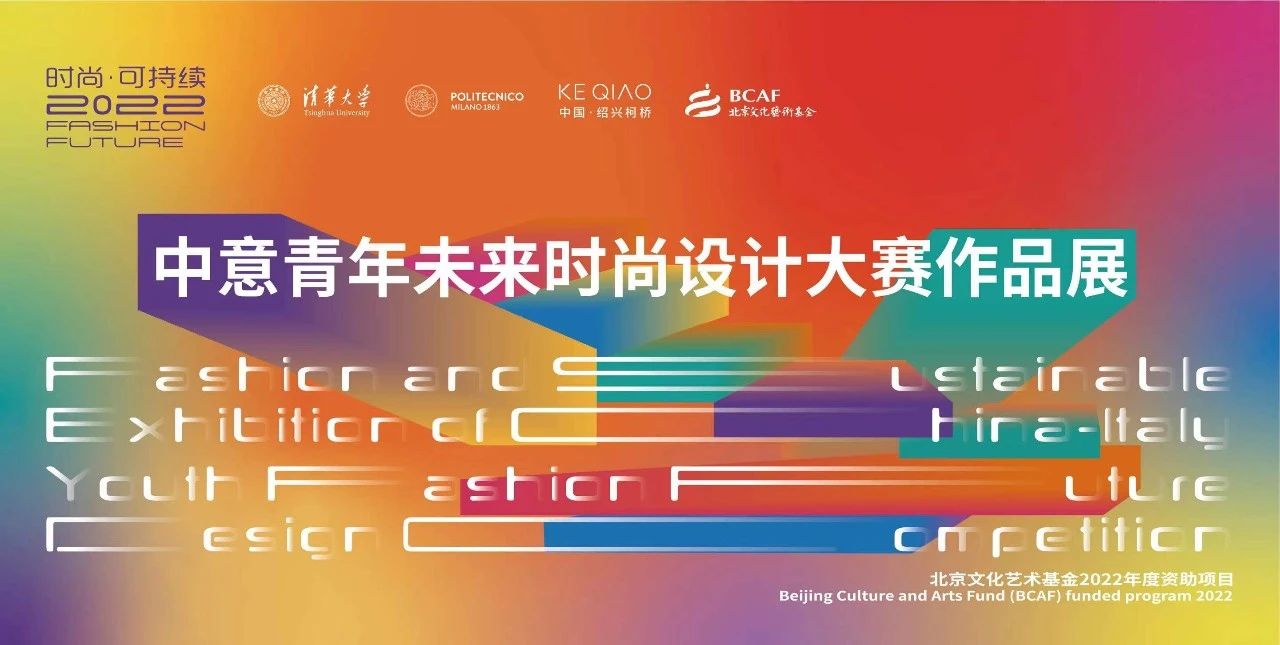- 0
- 0
- 0
分享
- 【新锐力量】Thomas Cabai:尝试不同,才能理解普遍
-
2022-02-08
栏目简介
2020年是中意两国建交50周年,清华大学与米兰理工大学联合发起“中意青年创新创业年”,并联合举办中意青年未来时尚设计大赛。为了更好的激发青年创新者的热情、交流创新经验,我们推出《新锐力量》栏目,将要采访100名活跃在设计创新领域的青年人,并附上编辑评语,分享给广大读者互相学习、共同进步。
编者语
Thomas Cabai的建筑设计之路源于对实际的考虑,然而这并不能否认他对建筑学科充满了探索的热情。在中国的学习经历对他而言十分宝贵,不同的文化背景下对建筑学科的思考,使他突破了原有的限制——从对建筑比例的探寻,到历史与当代的把握,他在中意两国不同的标准之间眺望,从而更加深入地理解学科内部具有普遍性的事物。(毕文立)
设计师简介
Thomas Cabai
意大利建筑设计师,先后就读于米兰理工大学、清华大学
Thomas Cabai是一名意大利建筑设计师,先后就读于米兰理工大学、清华大学。在不同文化背景下的学习中,他深刻地体会到:尝试不同的体验,才能获得更具普遍性的认识。
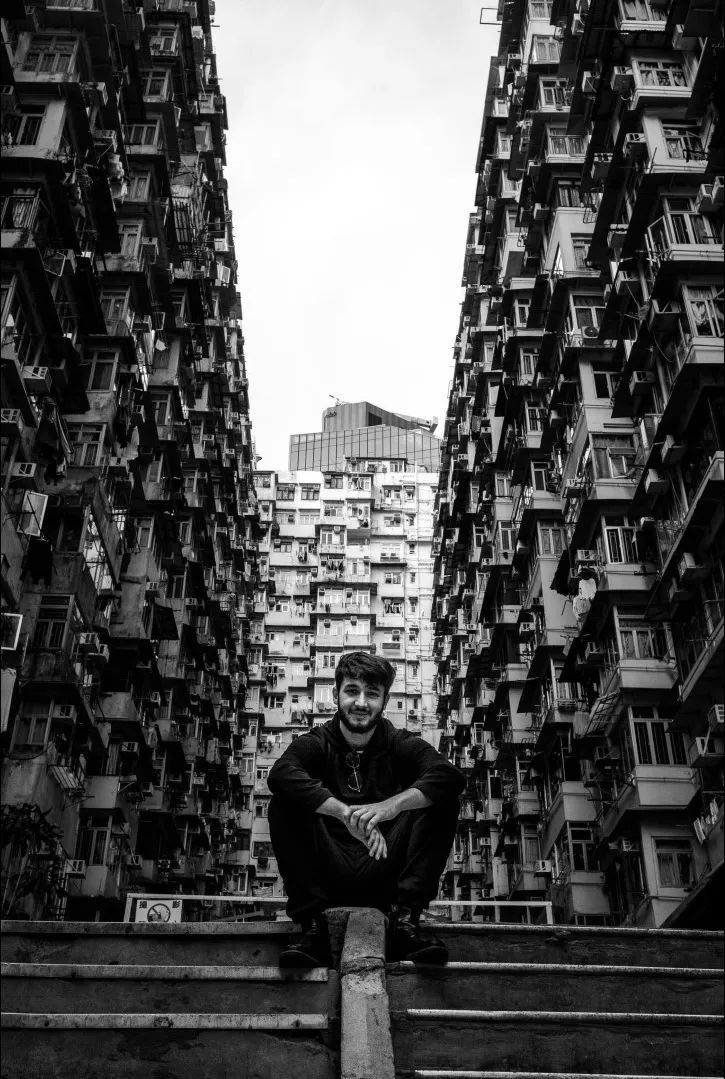
Q1 你为什么决定学习建筑设计?
Can you please tell us why you decided to become an architect.
A:
我的故事在建筑系学生中并不那么普通。我从小的梦想其实不是成为一名建筑师。我当初对建筑设计并没有特别大的激情,建筑设计对于我而言并不是最直接的选项,建筑学在我看来是我所拥有的不同兴趣之间的一种妥协。我对艺术和哲学等学科都很感兴趣,但建筑则不单单是一个学科,而是一种职业。通过学习建筑学,我将会得以从事一份建筑师的职业。这在某种程度上是一种很好的归宿,相比之下,像哲学或艺术这些令我感兴趣的学科,则并不指向某种特定的职业,只能带给我充满不确定性的未来。所以,我选择建筑设计的原因并不浪漫。
在大学,我学到的最有价值的技能,是获取创造力的专业方法。这种技能使我得以适应眼下这个不确定的时代,允许自由和探索。然而我不得不说在经济方面,拥有创造力似乎不能使我得到很好的回报,这就是为什么至少在我的国家,很难找到热情和快乐的建筑师。
我在中国的经历对我来说非常宝贵。通过这样一个强烈的文化转变,我对建筑和生活有了全新的看法。我认为把自己放在一个不同的环境中是很珍贵的学习经验,特别是对建筑师来说。它能使你获得不同的体验,从而获得更具普遍性的认识。
随着我对中国了解的加深,我对意大利也有了新的认识。在建筑学里,每一个尺度都意有所指。在意大利,我们相当受制于1:1的比例,而在中国的环境下,我则拥有了更广泛的比例选择,这是很重要的一课。
目前,我正在米兰进行我的毕业论文创作,并同时关注着好几个工作项目,如修复意大利东北部的一个小老房子,以及作为一个电子游戏创业公司的2D艺术家进行合作。
这几项活动中的每一项都相当具有挑战性,因为它们对我来说都是三个 "第一次",但所有这些都相当令人激动。
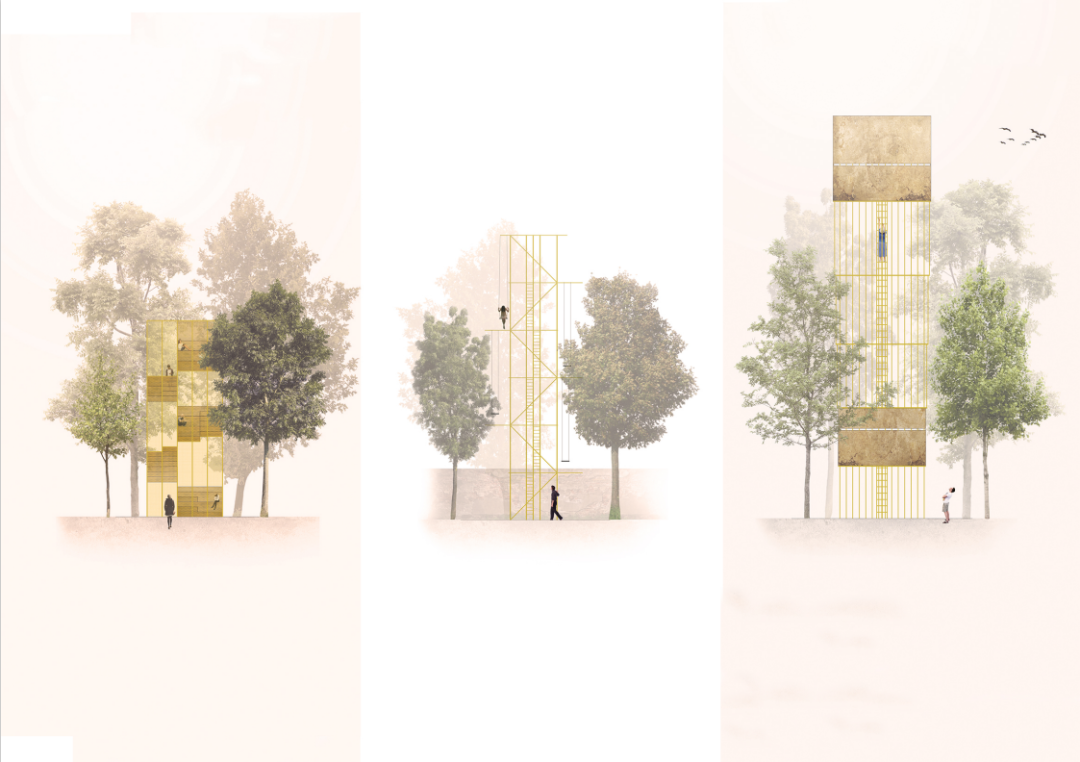
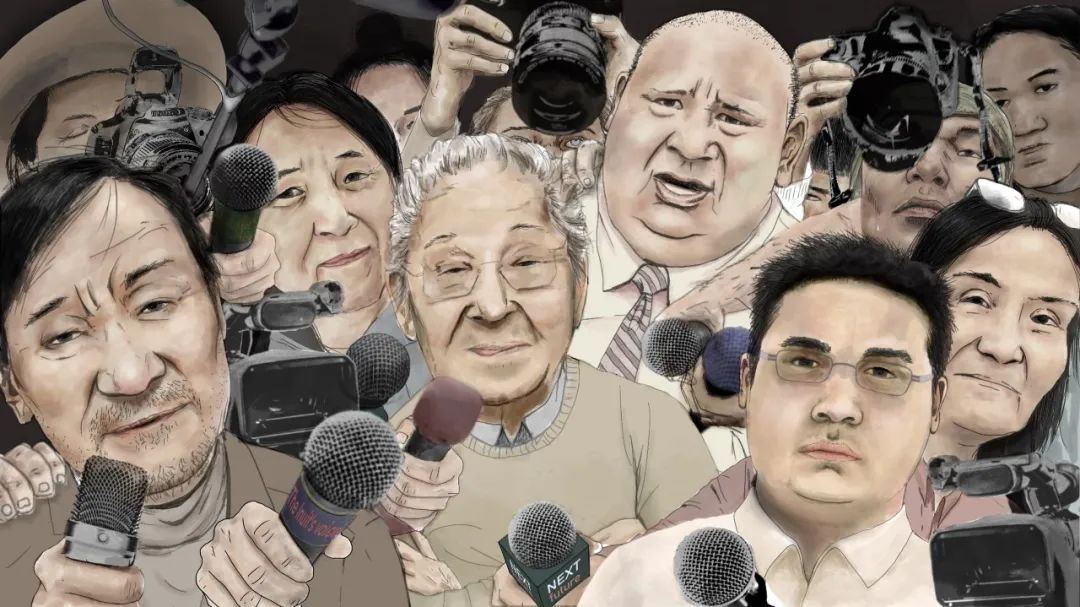
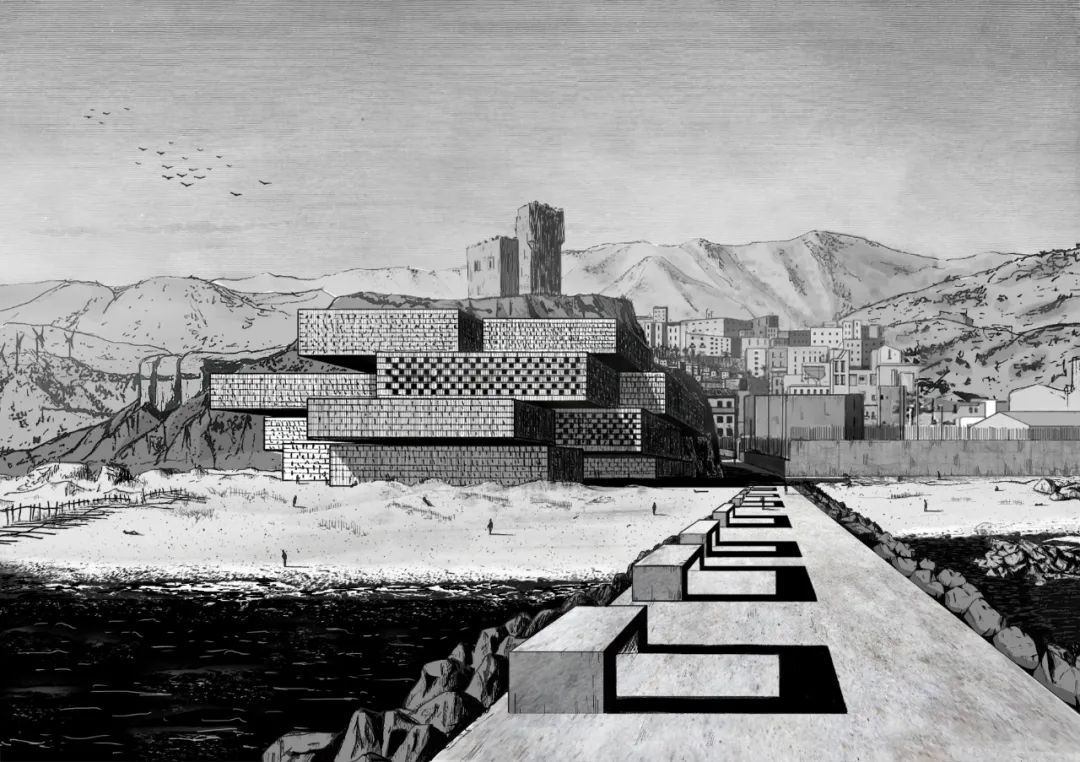
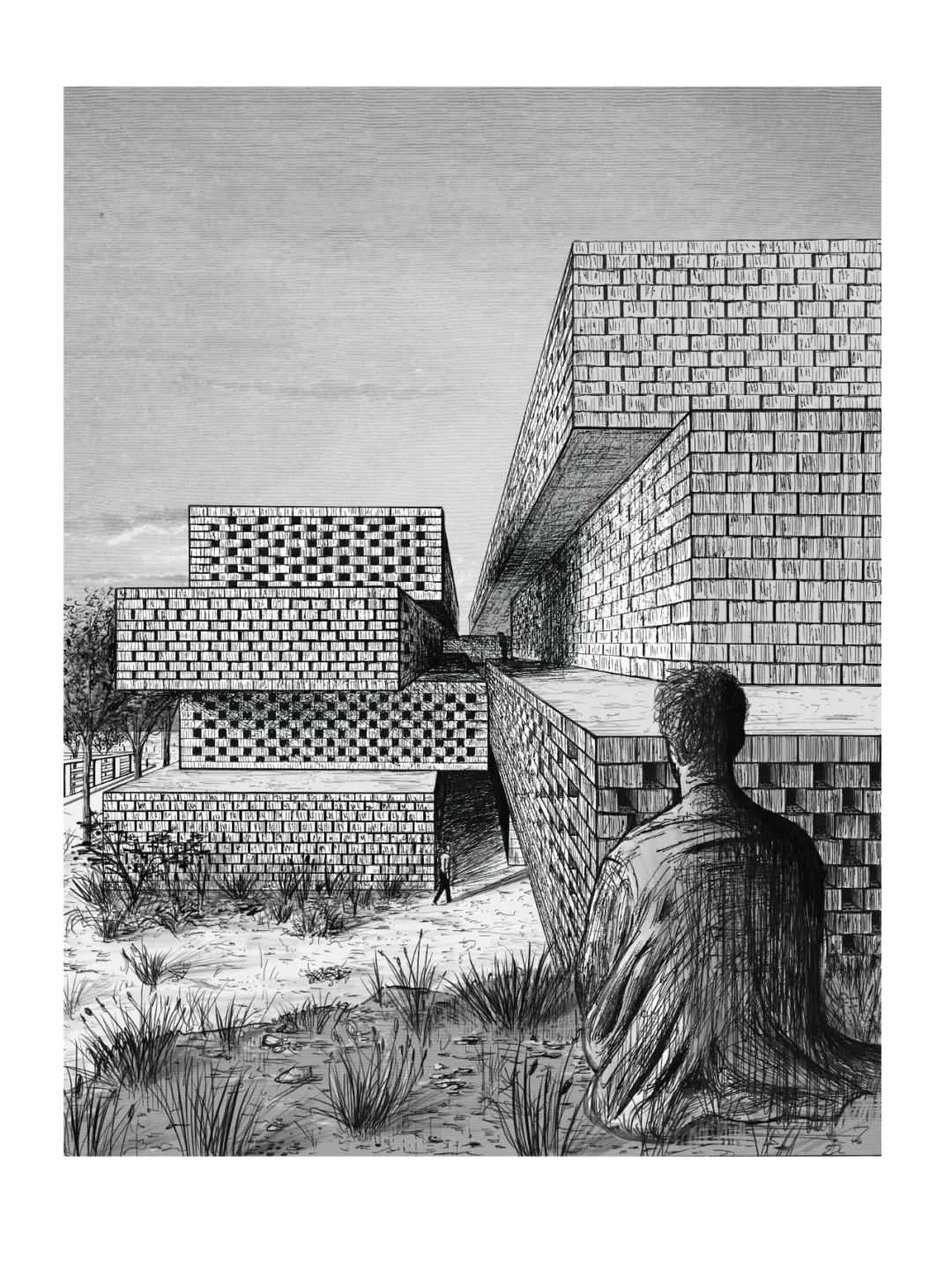
Q2 能谈一下你的设计过程吗?
A:
我的设计过程因项目的条件不同而有很大的差异。我总是首先尝试做的是解释该地区的特征。对我来说,开始建立叙事是最重要的一步:要么我把自己放在与该地区特征的连续性中,要么放在对立面,但在这两种情况下,对该地区存在的思考都包含在设计中。
在这之后,我开始通过不同的表现手段进行混乱的爆发性实验。每一个都讲述了不同的东西:手画、cad、3D、实体模型、Photoshop、渲染。作为一个哲学爱好者,我很难承认这主要是一个经验性的过程。尝试,做,获得信息。重新做一遍。然后后期的合理化,试图理解输出告诉我的东西。一开始,我感觉这是一种笨办法,但后来我明白了这样一个过程的价值。
My design process varies a lot depending on the conditions of the project. However, what I always try to do first is interpret the character of the area. It is important to me to start building a narration: either I put myself in continuity to the character of the area or in opposition, but in both cases, a reflection on the area that is present is included in the design.
After that, I start a chaotic burst of experiments through different means of representation. Each one tells something different: freehand drawing, cad, 3D, physical model, Photoshop, rendering. As a philosophy lover, it was hard for me to admit that this is mostly an empirical process. Trying, doing, obtaining information. Doing it all over again. Post rationalizing, trying to understand what the output tells me. In the beginning, it felt like a “dumb” approach, but then I understood the value of such a process.
Q3 请用三个关键词概括你的设计风格。
A:
我的设计风格:
Q4 你使用的主要设计工具是什么?而对于年轻的建筑师来说,是否有一个可以学习/使用的工具?
A:
我没有一个我特别喜欢使用的设计工具。说实话,我觉得每个工具都不足以思考建筑。这就是为什么我觉得有必要使用所有这些工具。
I don’t have a design tool I particularly like using. To be honest, I find each tool insufficient to think architecture. That is why I feel the need to use all of them.
Q5 你现在在设计时面临的挑战是什么,以及你在未来将面临的挑战会是什么?
A:
I think the biggest challenge for architects is the competition with virtual reality. The pace imposed by digital media makes architecture appear slow, too slow to express the spirit and the needs of our time.
Q6 你认为疫情正在改变人们的设计思维,未来会有什么变化?
Do you think Covid is changing people’s design thinking and what is going to change in the future?
A:
我不确定疫情是否正在改变设计思维,但我认为它正在改变社会。我仍然不确定这将如何反映在建筑上。
Q7 你有什么作品可以展示给我们吗?
A:
我可以向你们展示我为清华大学C楼的改造所做的项目,对于我们清华国际学生来说,C楼是清华校园的标志。

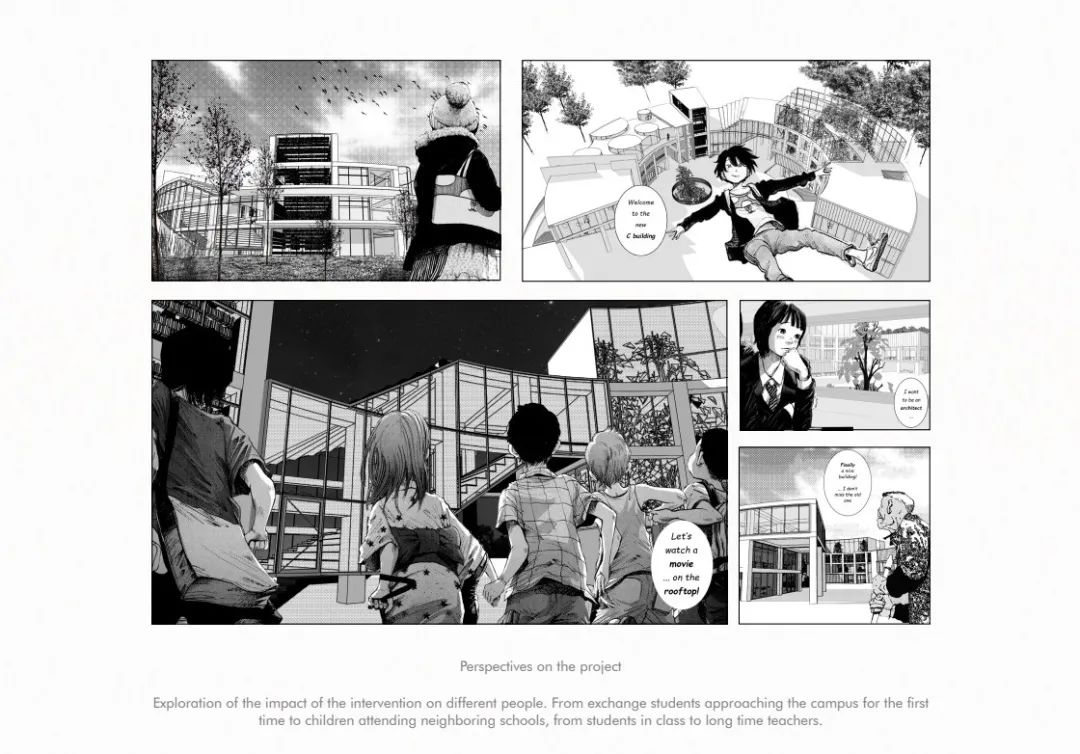

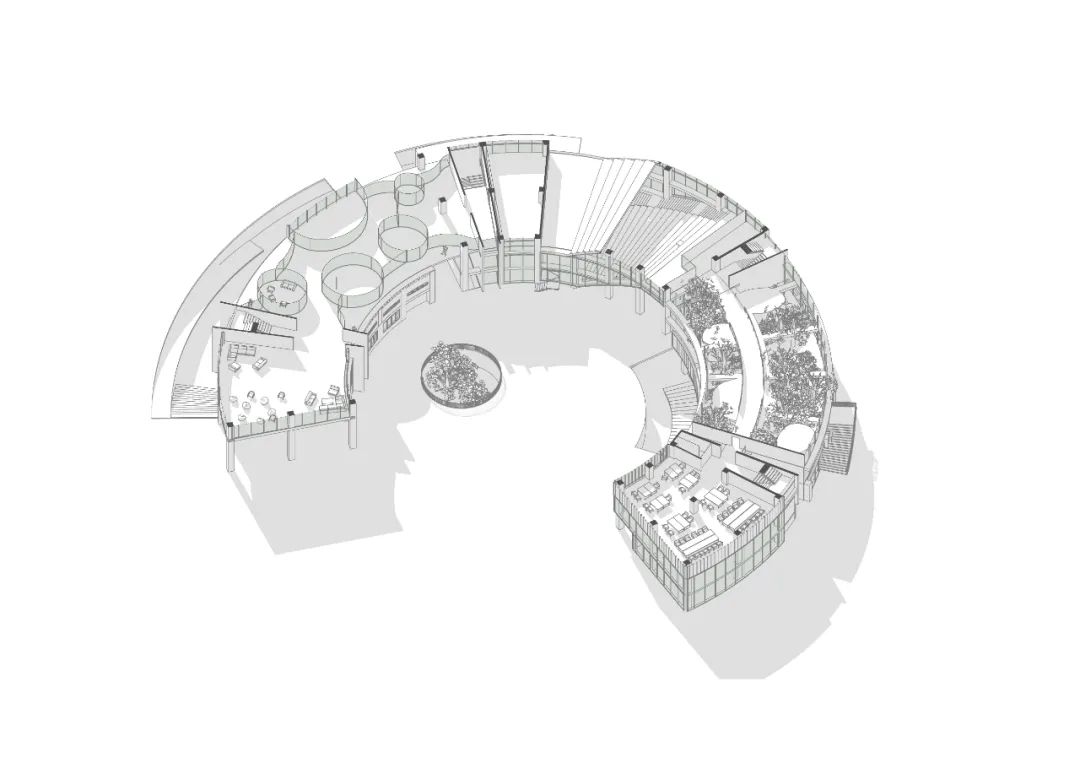
至于我在米兰理工做的一个项目,我可以展示一下罗马门火车站改造的总体规划。
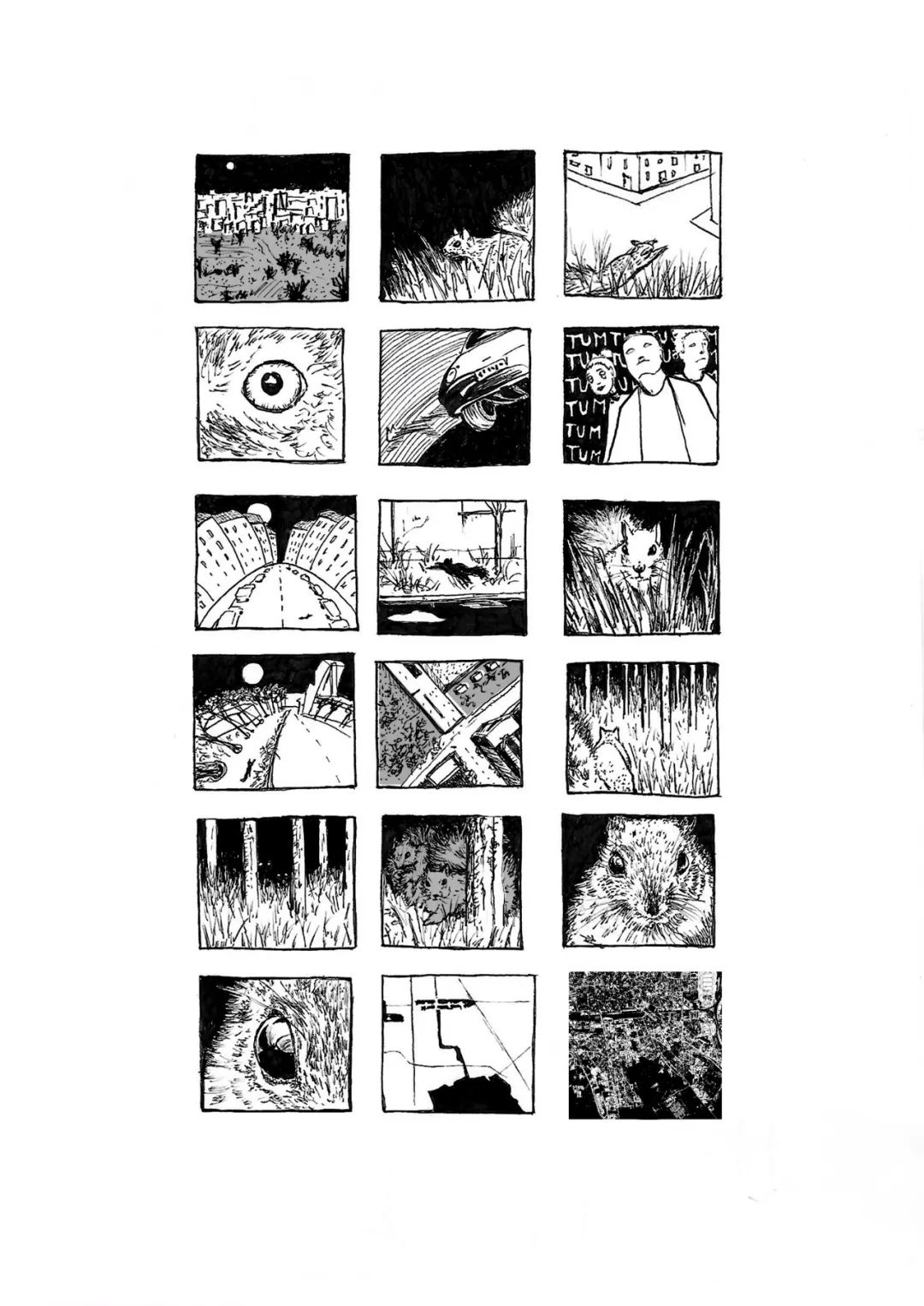
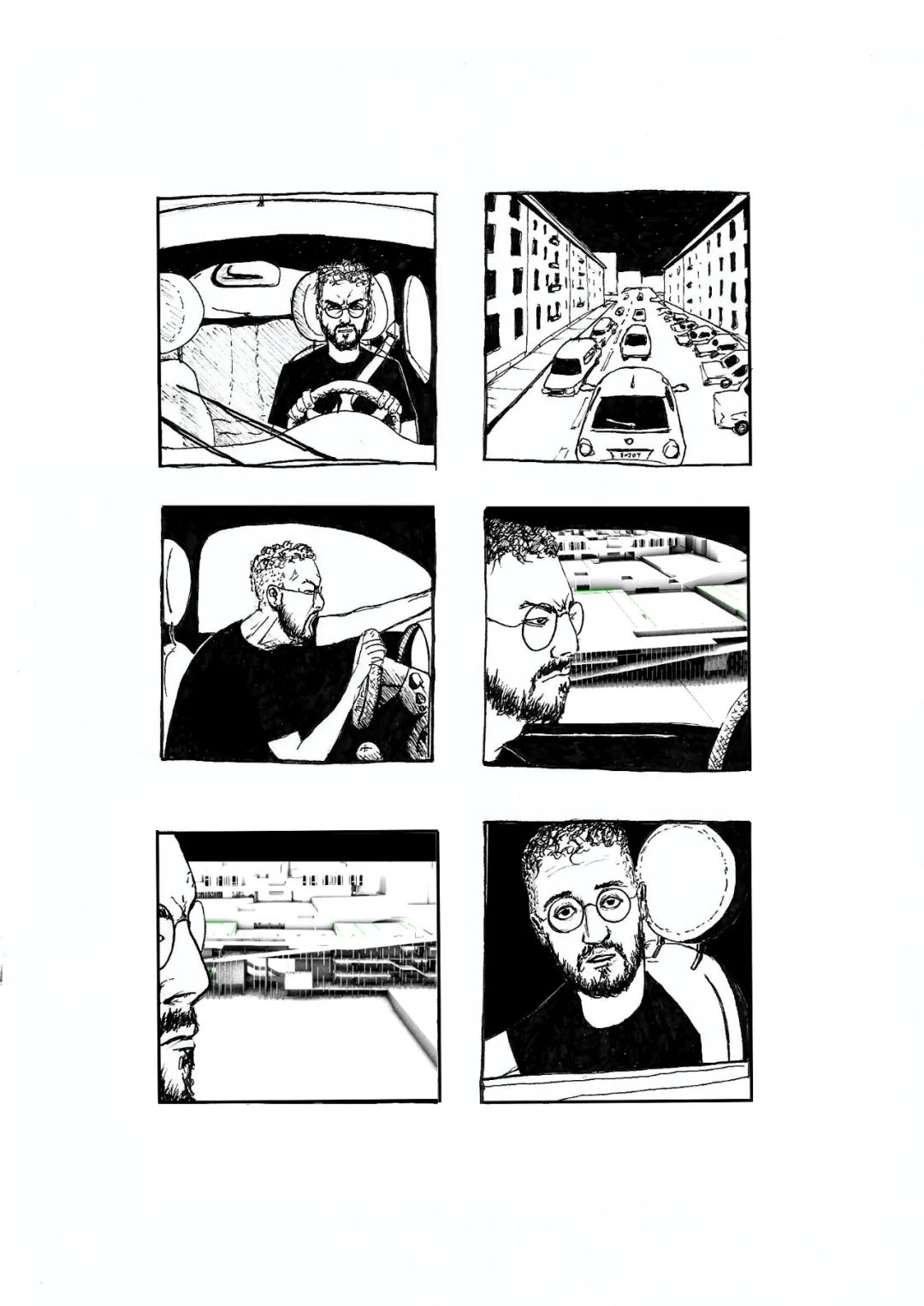

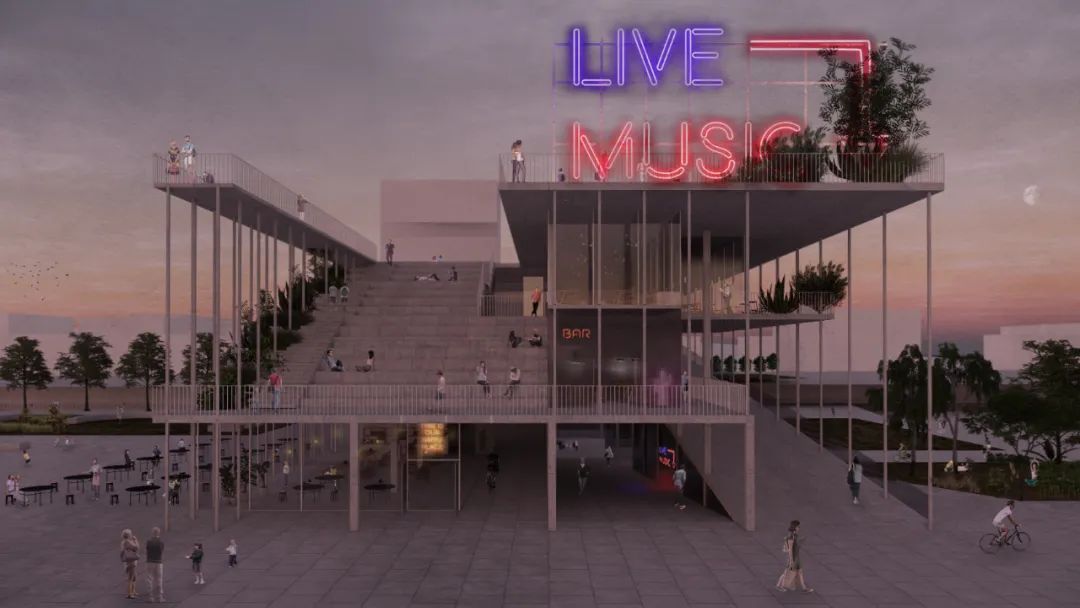

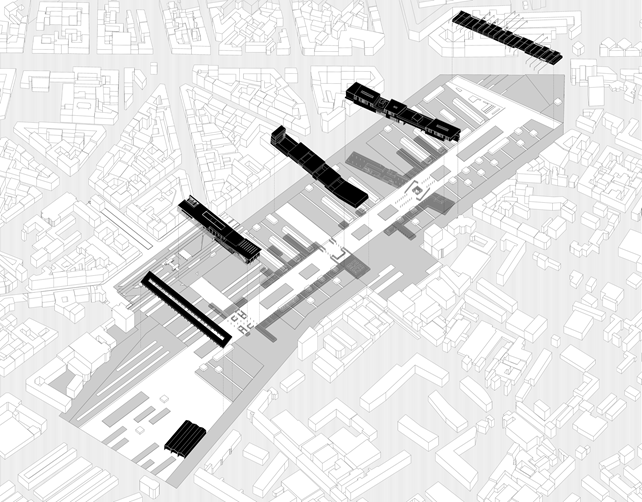
Q8 你最喜欢的中国建筑设计是什么?为什么?
A:
我觉得是紫禁城:令人难以置信的杰作,是我所去过的最好的地方之一,是纯美的典范。进入紫禁城意味着进入一个不同的世界。它的空间的力量是超现实的。如果我们谈论当代建筑,我喜欢DNA(徐甜甜)和其他建筑师的设计理念,他们把建筑作为一种工具来改善社会和经济条件,特别是在中国农村。
Q9 你觉得中国和意大利青年建筑师有什么不同吗?
A:
我认为,由于两种文化的不同,存在着一些差异。由于文化保护的存在,无论什么项目,意大利建筑师都需要与历史背景和传统相联系。在中国,建筑师们有更多的空间来尝试当代的形式,而且限制较少。我认为这两种情况都很有趣。
Q10 你是否想过在中国工作?为什么?
A:
我的原来的计划是在中国工作,但不幸的是,疫情使这一计划变得更加困难。也许在未来,我还是会来中国工作。我对中国文化很有热情,在中国的建筑事务所工作将是深入体验和了解这种文化的一个非常好的方式。
资料来源 | Thomas Cabai
采访 | Giada 周思祎
排版 | 毕文立
相关阅读

中意设计创新基地(CIDIH)
清华在欧洲的首个教育科研基地
四川天府新区中意设计创新基地
清华大学与四川天府新区关于中意设计创新基地合作
中意未来时尚馆
“中意未来时尚创新中心”重点项目之一
中意设计创新基地2021年大事记
-
阅读原文
* 文章为作者独立观点,不代表数艺网立场转载须知
- 本文内容由数艺网收录采集自微信公众号清华大学中意设计创新基地 ,并经数艺网进行了排版优化。转载此文章请在文章开头和结尾标注“作者”、“来源:数艺网” 并附上本页链接: 如您不希望被数艺网所收录,感觉到侵犯到了您的权益,请及时告知数艺网,我们表示诚挚的歉意,并及时处理或删除。

